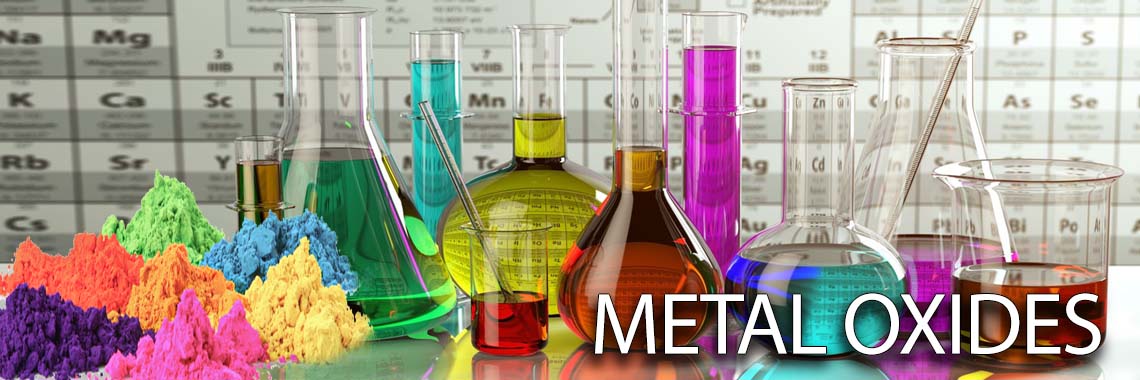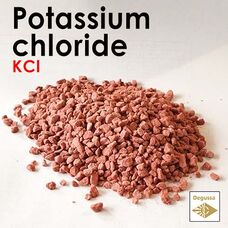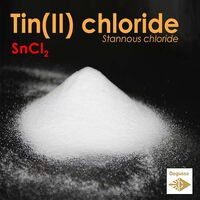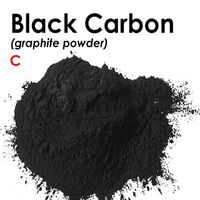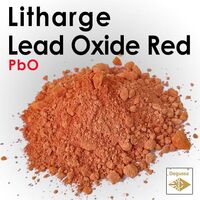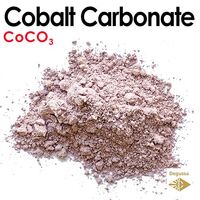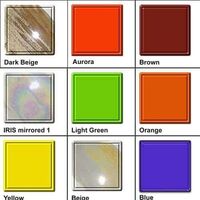Why is Potassium chloride used as a fertilizer? What are the health benefits of Potassium chloride? What is the role of Potassium chloride in lethal injections? Is Potassium chloride safe for everyone to use
KCl
Potassium chloride (KCl) is a chemical compound composed of potassium and chlorine. It is a metal halide salt that is commonly used in various applications.
Here are some key aspects of potassium chloride:
Chemical Composition: Potassium chloride consists of one potassium (K) ion and one chloride (Cl) ion. Its chemical formula is KCl.
Natural Occurrence: Potassium chloride is found in nature as a mineral, often in the form of sylvite. It can also be extracted from the earth through mining processes.
Medical Use: In medicine, potassium chloride is sometimes used as a supplement for individuals with low potassium levels, a condition known as hypokalemia. It can be administered orally or intravenously under medical supervision.
Food Additive: Potassium chloride is used as a salt substitute in some food products, particularly those targeted at individuals who need to reduce their sodium intake. It provides a salty taste without the associated health risks of high sodium consumption.
Fertilizer: In agriculture, potassium chloride is a common source of potassium, an essential nutrient for plant growth. It is used as a fertilizer to improve the yield and quality of crops.
Industrial Applications: Potassium chloride is utilized in various industrial processes, including the production of certain chemicals, metals, and pharmaceuticals.
Deicing Agent: Due to its ability to lower the freezing point of water, potassium chloride is used as a deicing agent on roads and sidewalks in regions where icy conditions are a concern.
It's important to note that while potassium chloride has several beneficial uses, excessive consumption can lead to health issues, particularly for individuals with certain medical conditions. It's crucial to use this compound under appropriate guidance, especially in medical and dietary contexts.
Lethal injection
is a method of execution used in some jurisdictions for carrying out capital punishment. The specific components of the lethal injection cocktail can vary depending on the jurisdiction, as different states and countries have different protocols. However, a typical lethal injection consists of a combination of three drugs administered in sequence:Anesthetic (Barbiturate or Sedative): The first drug is usually an anesthetic or sedative, such as sodium thiopental or pentobarbital. Its purpose is to induce general anesthesia and render the person unconscious, ensuring that they do not experience pain during the execution process.
Paralytic Agent (Neuromuscular Blocking Agent): The second drug is a paralytic agent, such as pancuronium bromide or vecuronium bromide. This drug induces paralysis, causing the person to become immobile. The purpose of this drug is to prevent muscle movement and any potential involuntary reactions during the execution.
Potassium Chloride: The third drug is usually potassium chloride. It is a salt that, when injected into the bloodstream, disrupts the electrical signals in the heart, leading to cardiac arrest. The person essentially dies from a heart attack induced by hyperkalemia (elevated levels of potassium).
It's worth noting that the use of specific drugs and the overall lethal injection process have been the subject of ethical and legal debates, and some jurisdictions may modify or change their protocols based on court decisions or challenges. In recent years, issues related to the availability and sourcing of lethal injection drugs have also been raised, leading to complications in the execution process.
Formula: KCl
Molar Mass: 74.555 g/mol
Form: reddish-brown, crystalline or granular
CAS Number: 7447-40-7
EC Number: 231-211-8
E Number: E 508
Density: 1.984 g/cm³
Synonyms: potassium chloride, Red Potash, Enseal, Klotrix, Sylvite, Klor-Con, Neobakasal, Muriate of potash, Slow-K, Chlorvescent, Kalitabs, Kaochlor, Potavescent, Kloren, Pfiklor, Potassium monochloride, Rekawan, Chloropotassuril, Klor-Lyte, KCl-retard Zyma, K-Contin, Kay Ciel, K-Lease, Kaon Cl, Steropotassium, Acronitol, Kalcorid, Kaleorid, Kaliduron, Kaliglutol, Kalilente, Kalinorm, Kaliolite, Klorvess, Miopotasio, Potasion, Celeka, Durekal, Durules, Enpott, Kadalex, Kalipor, Kalipoz, Keylyte, Potasol
Unlocking the Power of Potassium Chloride: Applications, Benefits, and Considerations
- Brand: Degussa
- Product Code: oxide - Potassium chloride - KCl
- SKU: KCl
- Availability: 300
-
0.59€
Available Options
Related Products
Tin(II) Chloride: Properties, Uses, and Applications of Stannous chloride
SnCl2 Tin(II) chloride, also known as stannous chloride, has the chemical formula SnCl2. It is a compound of tin in..
1.19€
Graphite Powder: Enhancing Performance and Efficiency of Carbon black
C Graphite powder is a form of carbon that's finely ground to a powdered state. It consists of layered carbon atoms..
0.99€
Litharge - Lead Oxide red p.a. - Analytical research grade
PbO Litharge (from Greek lithargyros, lithos (stone) + argyros (silver) λιθάργυρος) is one of the natural mineral f..
3.99€
Cobalt(II)-carbonat - Cobaltous carbonate blue salt substitute Cobalt Oxide
CoCO3 Cobalt(II) carbonate is the inorganic compound with the formula CoCO3. This reddish paramagnetic solid is an ..
2.99€
Tags: oxides

